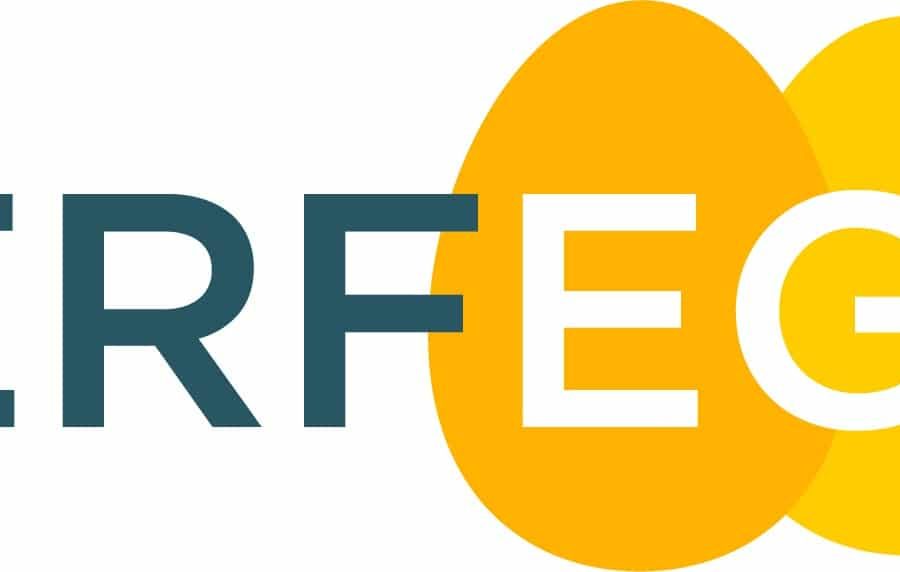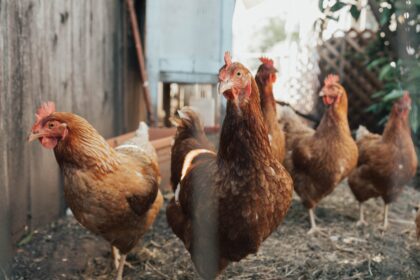Egg and poultry meat demands should meet a sustained and continuous growth in the years to come. Egg and day old chick producers are continuously looking for new solution helping them to answer to their zootechnical and economic objectives.
The current evolution of our consumption mode and diets, include the research of more sustainable proteins but also to a lower cost proteins depending on the market. In this context, eggs and chicken meat are recognized as ones of the best protein sources in terms of human nutrition but also protein production efficiency. Nevertheless, maintaining as long as possible the productivity of the birds is not easy and linked to several factors including nutrition.
At the end of the laying period, table eggs producers tend to increase their profitability with a double objective: optimization of the laying hens feed conversion ratio and improvement of the laying persistency.
On breeders side, a recent study performed by a genetic company demonstrates that the main improvement factors for a flock to reach the genetic standard performance level relies on the extension of the persistency of lay, the increase of the number of hatching eggs on total eggs produced, on hatchability parameters and on a limitation of the mortality.
What is happening during the late laying phase?
The decrease of the lay in a flock over time is mainly due to a lower activity of all birds with disturbances in the laying cycles especially after 45 to 50 weeks of age. It is often correlated with a fatigue of the hen. It is the consequence of the strong solicitation of the hen metabolism, suggesting a period of hormonal dysfunction leading to a disturbance in carbohydrate and fat metabolisms.
At this stage, the severity of type II diabetes increases, cells are less sensitive to insulin and is physiologically translated into a decrease of performances (reduction of eggs production, reduction of fertility and DOC, apparition of fatty liver syndrome, body weight gain, increase of FCR).

ADM’s solutions
With a potential Return On Investment higher than 3, PERFEGG is part of ADM‘s solution to answer to the end laying phases challenges in order to improve the economic performances of egg and day old chick producers.


![[EN] Blog Split Feeding for Laying Hens](https://www.premix.adm.com/wp-content/uploads/2022/09/farmer-hand-feeds-his-hens-with-grain_AdobeStock_376778367-scaled-80x80.jpeg)
